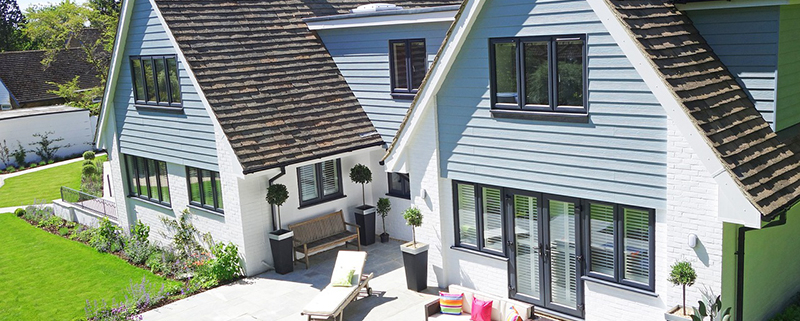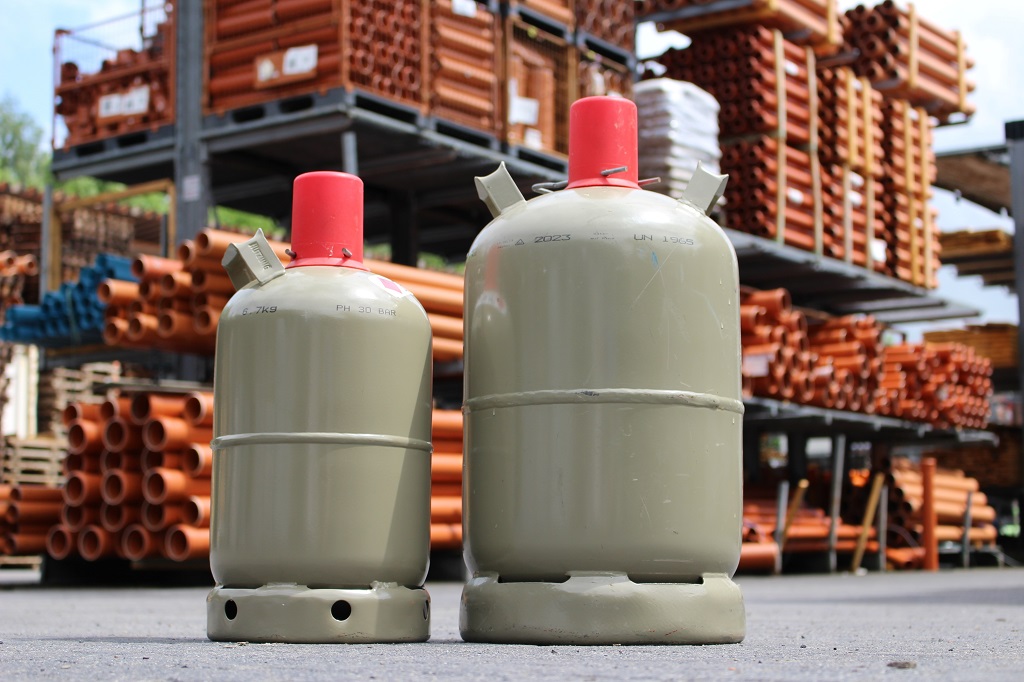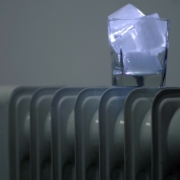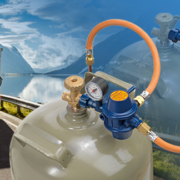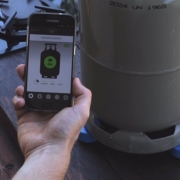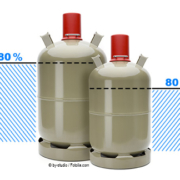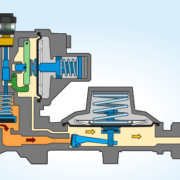Which LPG cylinders can I use inside buildings?
The things that installers and consumers must pay attention to when using LPG cylinder systems privately within the household are defined in the Technical Rules for LPG (TRF) from 2012. According to these rules, you may also use certain gas cylinders indoors, but with limitations.
The TRF allow the use of 5 and 11-kilogram cylinders in closed rooms. But even with these small cylinders, there is a limited quantity that you may keep in the building. You can have one in operation, and you can store a second one in the building, i.e. the residential unit. It doesn’t matter at all whether the stored cylinder is full to the brim or empty. Please note that only one LPG cylinder is permitted per room, and you must never store these in the following places:
Prohibited in:
- Bedroom
- Cellar
- Hall
- Stairway
- Corridor
- Emergency exit
- Rescue route
- Passageway of the building
Safety tips
The 33-kilogram cylinders, also commonly used in Germany, have no place in privately used buildings and must be installed outdoors. There are regulations applicable here too: For example, you must protect 33-kilogram cylinders from manipulation by third parties, among other things. The best way to achieve this is with the appropriate cylinder cabinets.
Always upright
Regardless of how many LPG cylinders you want to use, and where you want to use them, always ensure that the cylinder is upright and not lying on its side. If the cylinder is horizontal, the evaporated propane liquid phase does not reach the system, which can lead to serious damage. Accordingly, the gas cylinder should be stable to prevent it from tipping over.
As we mentioned at the start, there are a few good things to know in the TRF. Ideally, you should speak to your specialist installer and let them advise you on site.
